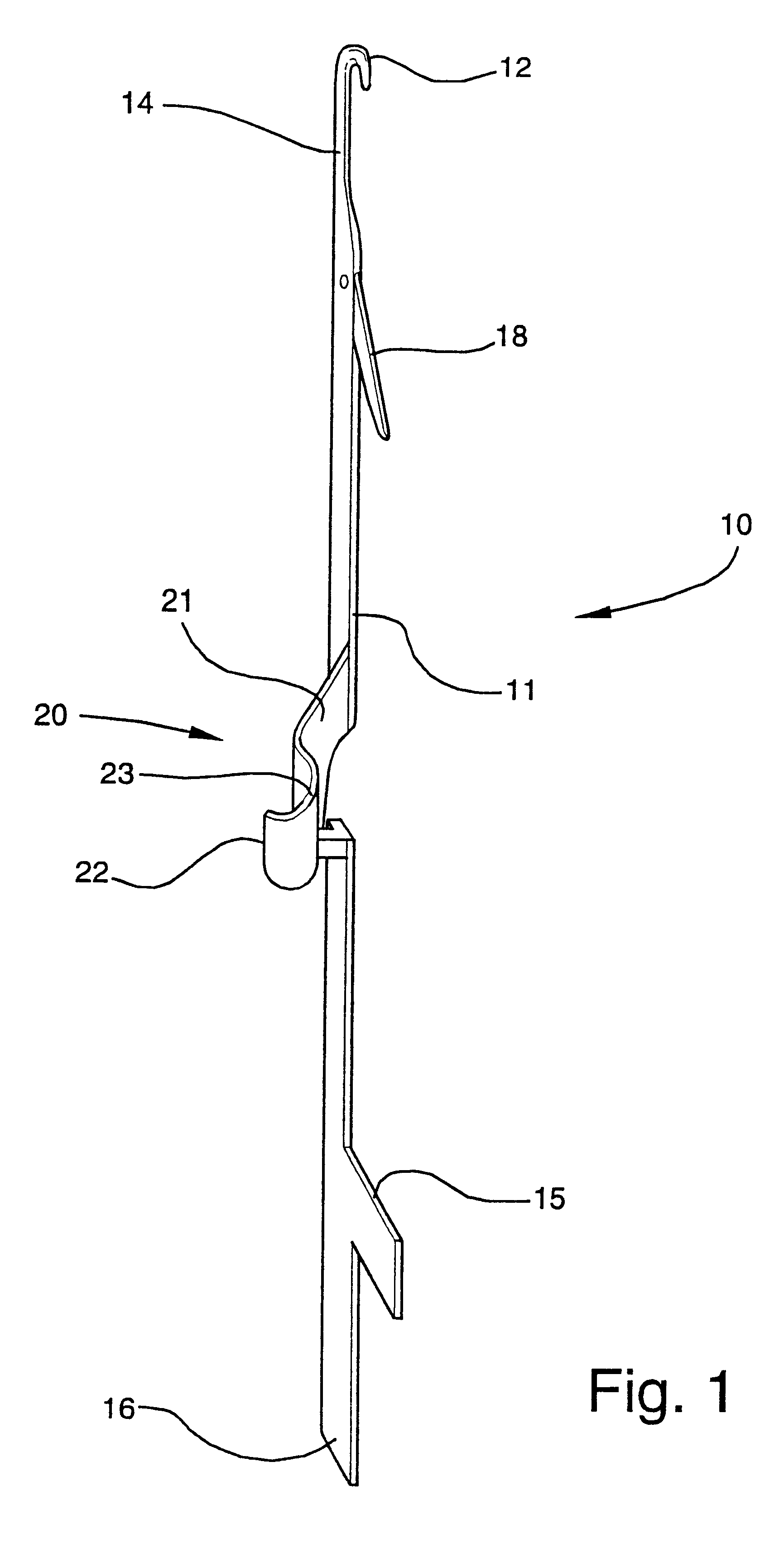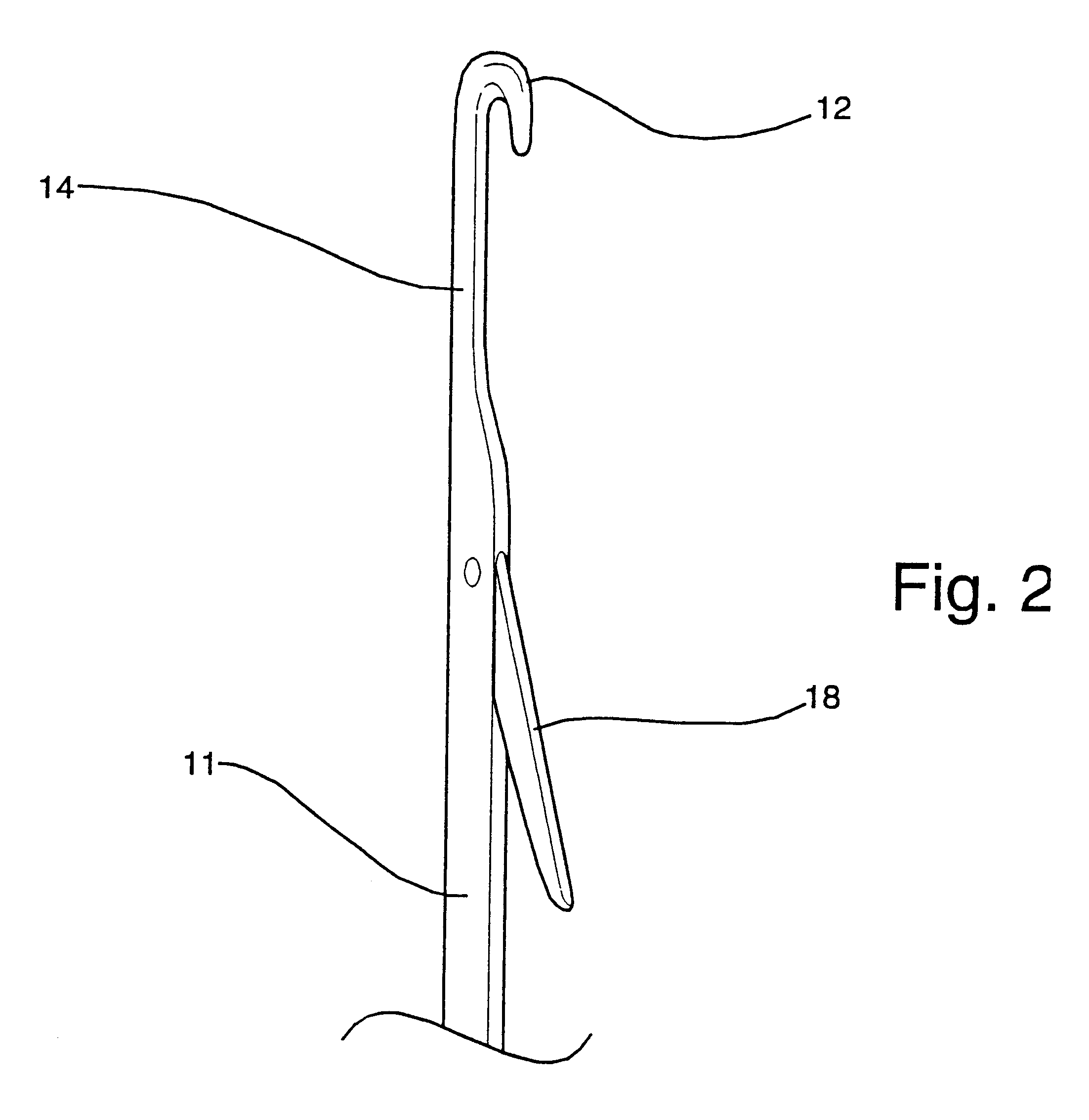Fine gauge knitted fabric with open-work pattern
a knitted fabric and open-work technology, applied in the field of fine-gauge knitted fabrics with open-work patterns, can solve the problems of only being effective in circular knitting machines, reducing the quality of the product, and limiting the design to relatively coarse fabrics
- Summary
- Abstract
- Description
- Claims
- Application Information
AI Technical Summary
Benefits of technology
Problems solved by technology
Method used
Image
Examples
Embodiment Construction
General Description of Knitting Process
The fabric according to the invention is formed on a circular or tubular knitting machine modified in accordance with the disclosure below. The knitting machine may be a lace pantyhose machine, or other knitting machine suitable for forming tubular knit fabrics with open-work areas. Such machines typically have a hollow needle cylinder mounted in a housing. The cylinder is rotated by conventional means about its longitudinal axis during fabric formation. A plurality of axial slots are formed in an exterior surface of the needle cylinder and a plurality of needles are slidably mounted in the slots for reciprocating up-and-down movement under the control of mechanical, electromechanical or electronic patterning and fabric formation devices. Typically, such patterns are now stored in computer memory, such as random access memory, magnetic media disks or cards, or other electronic devices which can output digital data representing instructions to t...
PUM
 Login to View More
Login to View More Abstract
Description
Claims
Application Information
 Login to View More
Login to View More - R&D
- Intellectual Property
- Life Sciences
- Materials
- Tech Scout
- Unparalleled Data Quality
- Higher Quality Content
- 60% Fewer Hallucinations
Browse by: Latest US Patents, China's latest patents, Technical Efficacy Thesaurus, Application Domain, Technology Topic, Popular Technical Reports.
© 2025 PatSnap. All rights reserved.Legal|Privacy policy|Modern Slavery Act Transparency Statement|Sitemap|About US| Contact US: help@patsnap.com



